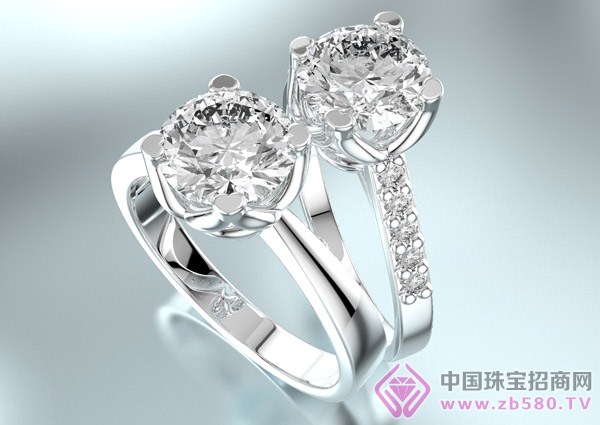The platinum diamond ring symbolizes that no matter how the years change, love and marriage are still sweet and happy. No one wants this eternal and beautiful symbol to "speak" and cannot fulfill its mission. So it's especially important to know how to identify the true and false platinum ring. Only when you buy a genuine platinum diamond ring will become an eternal witness. So how do you identify the platinum diamond ring? The following methods can be used to identify the true and false platinum: First, look at the logo: According to the regulations, any platinum jewelry will be printed with the "pt" logo, or "platinum, real platinum, positive platinum" and other words. If not, it is other white metal. Second, the fire: After the platinum is heated or fired, the color will not change. 3. Bending: Platinum is easy to bend and straighten. Other white metals are hard and brittle, and bending is more laborious. 4. Mercury smearing: Platinum does not absorb mercury. After it is coated with mercury, if it is absorbed, it is fake platinum. So after knowing how to identify the true and false of platinum, we must also learn how to identify the true and false of diamonds. 1. Adsorption of diamonds: Diamonds have a certain affinity for grease and dirt. Oil stains are easily absorbed by diamonds, so touching the diamonds with hands will make them feel sticky. 2. Scribing: Use a pen to smear ink on the diamond, leaving a smooth continuous line on the surface, which is a real diamond. If it is a line composed of small dots, it is counterfeit.
Captive Screws are fasteners designed to remain attached to guards or equipment. A conventional screw typically passes through a clearance hole in one part and then screws into a threaded hole in a second part - so the first part is clamped to the second. However, when the fastener is unscrewed from the threaded hole in the second component, it can easily separate from the first one.
A captive screw is designed to prevent this from occurring. It can freely rotate within the first component, with some axial movement, but it`s unable to separate from it. Captive screws are used when fasteners must remain attached to equipment, such as in cover panels. They are a requirement for several machinery safety standards.
Captive screws have a normal thread and a reduced diameter for the rest of the screw length. A captive screw is usually used with a retaining washer or a retaining flange. These have a hole with a short-threaded length. The threaded portion of the captive screw is screwed through this hole until the reduced diameter can pass freely through it. The washer or flange is then captive on the screw.
To install a captive screw on a panel using a retaining washer, the screw is first passed through a hole in the panel. The washer is then screwed onto the captive screw, until the reduced diameter section is reached, retaining the screw on the panel. To install a captive screw using a retaining flange, the flange is first pressed onto the panel. The captive screw is then screwed into the flange until the reduced diameter section is reached and the screw is retained.
Other forms of captive screw are also available that have pre-fitted caps in place of a retaining washer or flange. These caps can be pressed, bonded, or screwed into the panel or equipment to which the screw is to be retained.
Captive screw, Captive panel screw, spring captive screw FinExpress Precision Manufacturing(Dongguan) Co., Ltd , https://www.finexpresshardware.com